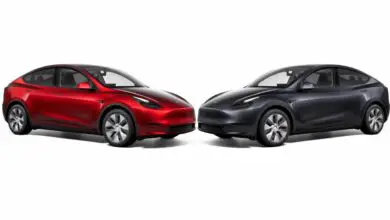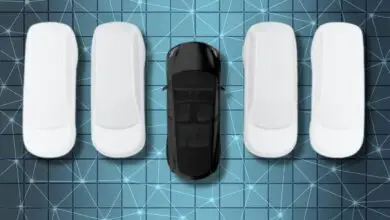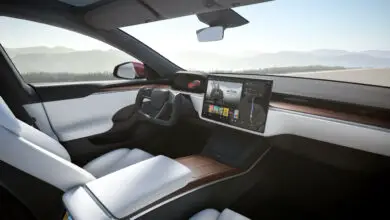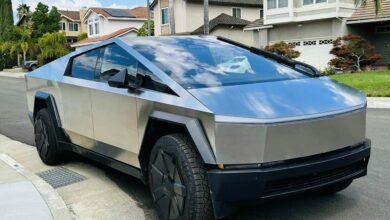Hyundai Races Ahead: $7.6 Billion EV Plant Construction Gains Momentum with IRA Incentives
Hyundai's Swift Response to Inflation Reduction Act Signals a New Era for American Electric Vehicles
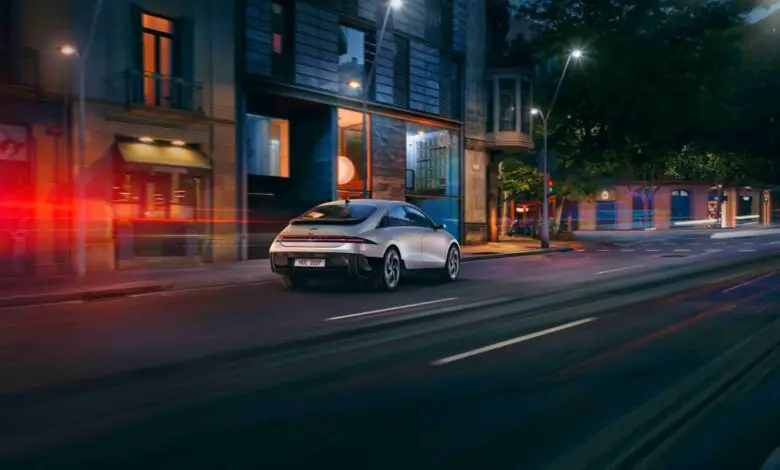
In the fast-paced world of electric vehicles (EVs), Hyundai is racing against the clock, and the finish line is a $7.6 billion EV and battery production facility. What’s pushing Hyundai to hit the accelerator pedal? The answer lies in the Inflation Reduction Act (IRA), and the South Korean automaker’s determination to secure its spot in the American EV market.
Since President Biden and his administration passed the IRA, Hyundai, along with its Kia and Genesis brands, has been on a mission to establish a strong domestic EV and battery production presence in the United States. The IRA, a key component of the government’s strategy to combat inflation, has become a beacon for foreign automakers, enticing them to set up shop within the borders of North America or in countries with free trade agreements with the United States.
At the heart of the IRA’s appeal is its generous EV tax credit program, which provides up to $7,500 in incentives for EVs and batteries manufactured in North America. It’s a clear message: Build it here, and we’ll reward you. But this puts pressure on automakers like Hyundai, who still import some of their electric vehicles and batteries from outside North America.
Jose Munoz, Hyundai’s President and Global Chief Operating Officer, recently shed light on the situation. During a presentation following Hyundai’s partnership with Georgia Tech, Munoz revealed some impressive figures. He proudly announced that the Hyundai group secured the second-largest market share for electric vehicles in the United States during the first half of 2023, trailing only behind the formidable Tesla.
While Hyundai continues to enjoy some benefits from the IRA, particularly in the form of tax credits for leased electric vehicles, there’s a sense of urgency. The IRA is prodding Hyundai to expedite its production plans within North America.
Munoz articulated the strategy, saying, “What we decided is to double down. We try to accelerate as much as possible the project. And we are confident that the original date of January 2025 would be probably pulled ahead, maybe three months or so. If we can, even more.”
Hyundai’s initial goal is to assemble a substantial 300,000 electric vehicles annually at its Georgia plant. To enhance their eligibility for more tax incentives under the IRA, Hyundai has strategically partnered with South Korean battery supplier LG Energy Solution (LGES) to produce battery cells locally. Furthermore, both companies have announced a significant investment increase of $2 billion to boost battery cell production capacity at the Georgia plant.
Munoz emphasized their commitment to sourcing batteries entirely within the USA to align with the IRA’s provisions. He added that the augmented investment would ensure that Hyundai and LGES utilize “the best possible technology” in battery production.
As Hyundai accelerates its production capabilities, the American EV landscape is in for a dynamic transformation. The IRA’s incentives are not only spurring competition but also driving innovation, ultimately benefitting consumers who are eager to embrace the electric future.
